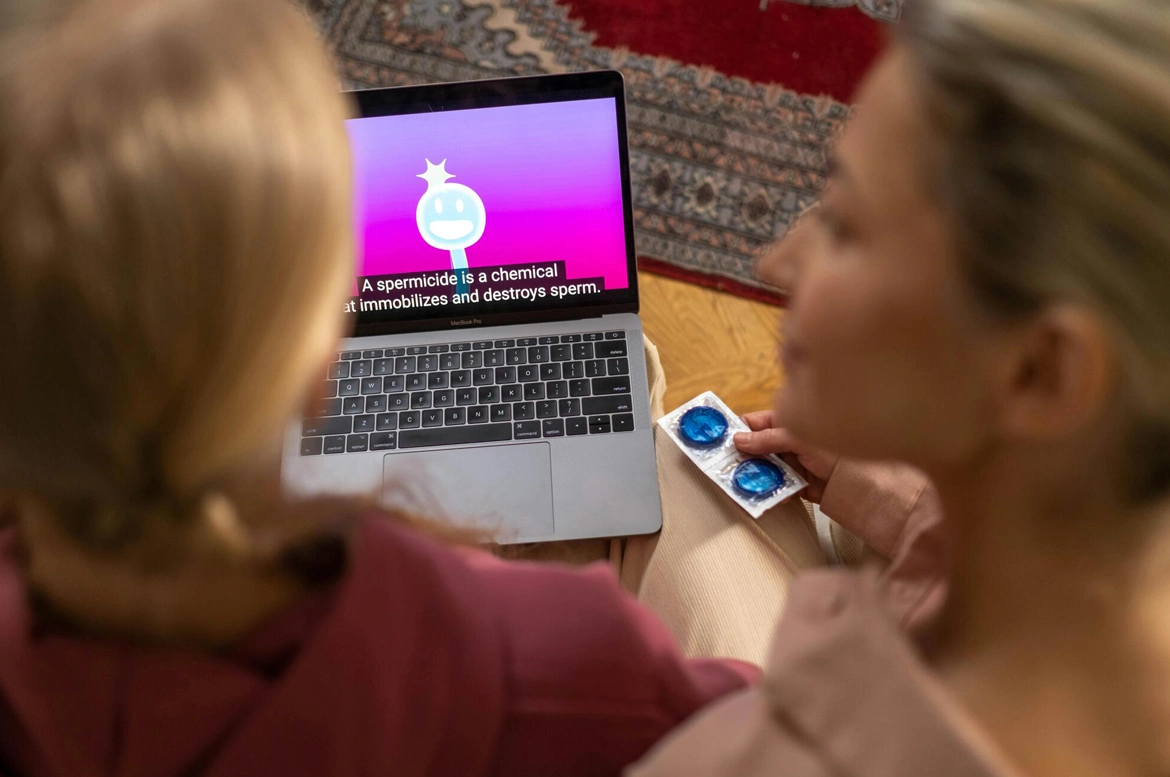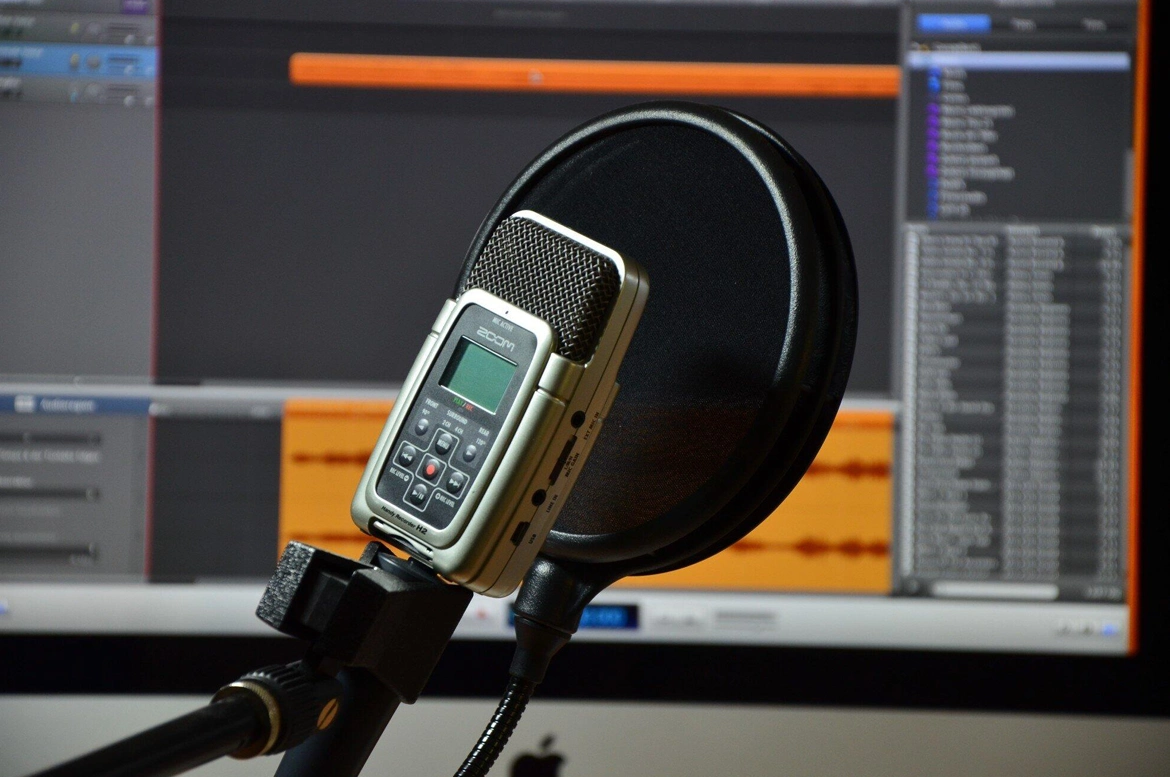Have you ever paused to consider the vibrant world of sound and how it shapes our experiences? Now, imagine that world partially muted, with the voices in your favorite films and shows fading into silence. This is where subtitles for deaf and hard of hearing individuals bridge a crucial gap, transforming silence into a symphony of written words.
These subtitles aren’t just an add-on. They’re a gateway to a universe of stories, emotions, and information for millions. Their presence in media is about embracing a fuller, more inclusive experience of our diverse world.
Read on to explore the intricate art of creating subtitles and discover how this seemingly simple feature can profoundly impact lives, foster understanding, and break down barriers.
The Necessity of Subtitles for Deaf and Hard of Hearing Audiences
Subtitles have revolutionized the way we experience media, particularly for the deaf and hard of hearing community. The journey began on August 5, 1972, with Julia Child’s cooking show, which marked the first time deaf and hard-of-hearing Americans could follow a national television program through captions. This historic moment paved the way for a new era of accessible media.
The Growing Need for Subtitles
Today, captions are far more than a feature; they’re a necessity for many. Over 5% of the world’s population, amounting to 430 million people, experience disabling hearing loss. This figure is expected to rise to over 700 million by 2050.
Captions have become essential, not just in television but across various platforms including the internet and in movie theaters. They’re not just for specialized programming anymore; they’re a standard part of media consumption.
Impact on Understanding and Learning
The importance of subtitles extends to education and comprehension. Research shows that closed captioning can significantly improve speech understanding for older adults with hearing impairment.
This benefit isn’t limited to those with hearing challenges. A striking 54% of students, regardless of their hearing ability, use closed captions at least sometimes. Subtitles aid in better comprehension, accuracy, engagement, and retention of information, proving their value in educational settings.
Beyond Hearing Impairment
Subtitles for deaf and hard of hearing viewers also play a critical role in inclusive communication. They ensure that everyone, regardless of their hearing ability, has equal access to information and entertainment.
The role of subtitles goes beyond aiding those with hearing impairments. They are a bridge connecting diverse audiences to a world of information and stories.
The Future of Accessible Media
As we progress, the demand for accurate and high-quality subtitles continues to grow. The commitment to creating subtitles that accurately convey not just the words but the essence of the content is crucial. It’s about providing an inclusive experience that respects and values every viewer’s right to access information and entertainment in its fullest form.
Types of Subtitling Services
By offering a range of subtitle options the industry caters to a diverse audience to ensure that everyone has the opportunity to fully engage with media content. Each of these services plays a vital role in making media universally accessible and enjoyable.
Offline Closed Captioning
Offline closed captioning stands as a cornerstone in making media accessible. This process involves creating captions for pre-recorded content, like TV shows and movies. It’s a detailed task where accuracy and timing are paramount.
Each caption is carefully synchronized with the audio to ensure viewers can follow along with ease. This method offers the highest level of precision, as it allows for thorough review and editing before the content reaches the audience. The expertise involved in offline captioning ensures that every nuance of dialogue and sound is captured.
Live Closed Captioning
Live closed captioning is a dynamic field where immediacy is key. This service is essential for live broadcasts, like news and sports events. It requires a unique set of skills, where captioners listen to the live audio and instantly convert it into text.
The challenge here is immense, as captioners must keep pace with fast-speaking presenters and often unpredictable live events. Despite these challenges, live captioners manage to deliver real-time subtitles to make live events accessible as they unfold.
This service is a lifeline for many deaf and hard of hearing viewers, who rely on these real-time captions to stay informed and engaged with live content.
Spanish Language Closed Captioning
Spanish language closed captioning addresses the needs of a vast Spanish-speaking audience. This service goes beyond mere translation. It involves a deep understanding of cultural nuances and idiomatic expressions.
Expert captioners ensure that every line, word, and sound is not just translated but adapted to resonate with Spanish-speaking viewers. The goal is to provide an experience that is as close as possible to the original content while respecting the linguistic and cultural richness of the Spanish language.
Technological Evolution in Subtitling
The field of subtitling has undergone significant changes, especially with the advent of digital technology. In the early days, creating subtitles was a task that required physical tapes and manual labor. Each line of text had to be carefully timed and placed, often resulting in a labor-intensive and time-consuming process.
However, with the digital revolution, the process of creating subtitles has evolved dramatically. Digital video has replaced tapes which makes the process faster and more efficient.
Now, subtitlers can use specialized software to:
- Quickly sync text with audio
- Adjust timings
- Automatically translate languages
This technology has not only sped up the process but also improved the accuracy of subtitles.
One of the most significant advancements in this field is the development of real-time captioning software. This innovation has transformed live closed captioning and allows for instantaneous translation of spoken word to text.
This real-time capability is crucial for live events, news broadcasts, and other time-sensitive programming. It ensures that deaf and hard of hearing viewers have immediate access to the same information as everyone else.
The shift to digital has also made subtitling more accessible to a wider range of content creators. Today, various tools and software are available that make it easy for individuals, groups, and even schools to create their own subtitles.
Popular examples include YouTube’s automatic captioning and Amara, a web-based tool that allows users to caption and subtitle video content. This democratization of subtitling tools means that more content than ever before can be made accessible to a broader audience.
Benefits Beyond Accessibility
When we think about subtitles, their role in aiding the hearing impaired often comes first to mind. But the benefits of using subtitles extend far beyond accessibility.
For instance, in educational settings, subtitles can be a powerful tool. Students watching a video in a noisy classroom may find it easier to follow along with the help of subtitles. They’re not just for those who are hard of hearing; they support various learning styles and preferences.
Moreover, subtitles have a significant role in language learning. People learning a new language can improve their listening and comprehension skills by watching content with subtitles in that language. It’s a practical, engaging way to learn that allows learners to see the written form of spoken words to enhance their understanding and retention.
In the world of entertainment, subtitles allow viewers to enjoy content from different cultures and languages. Take, for example, the recent surge in the popularity of international films and TV shows.
Viewers around the globe have been able to enjoy these works, thanks to subtitles. They bridge cultural gaps and open up a world of diverse storytelling that might otherwise remain inaccessible.
The Human Aspect: Expertise and Commitment
Creating high-quality subtitles involves more than just translating words. It requires a deep understanding of language nuances, cultural contexts, and technical precision.
This is where the human aspect of expertise and commitment comes into play. Professional subtitlers are not just linguists; they are cultural translators who ensure that the original tone, humor, and intent are accurately conveyed.
For live captioning, the expertise required is even more specialized. Captioners need to have not just fast typing skills but also the ability to quickly understand, interpret, and transcribe spoken language under pressure. This skill is particularly vital in live broadcasts, where real-time accuracy is crucial.
Talking Type Captions embodies this commitment to expertise. With years of experience in the field, our team has developed a keen eye for detail and a deep understanding of the subtleties involved in subtitling and captioning.
Whether it’s ensuring that the nuances of a complex drama are captured or providing real-time captioning for a live event, our team’s dedication to quality is unwavering.
The Art of Inclusive Storytelling
Subtitles for deaf and hard of hearing audiences are a vital tool for connection and understanding. At Talking Type Captions, we’ve honed our skills in the nuanced craft of subtitling and closed captioning and recognize the profound influence of every word.
Our commitment goes beyond mere compliance with accessibility standards. We strive to capture the essence of every dialogue and sound to ensure a rich, inclusive viewing experience.
If you’re seeking to make your content universally accessible and resonant, Talking Type Captions is your go-to expert. Connect with us, and together, let’s make every voice heard and every story told.




